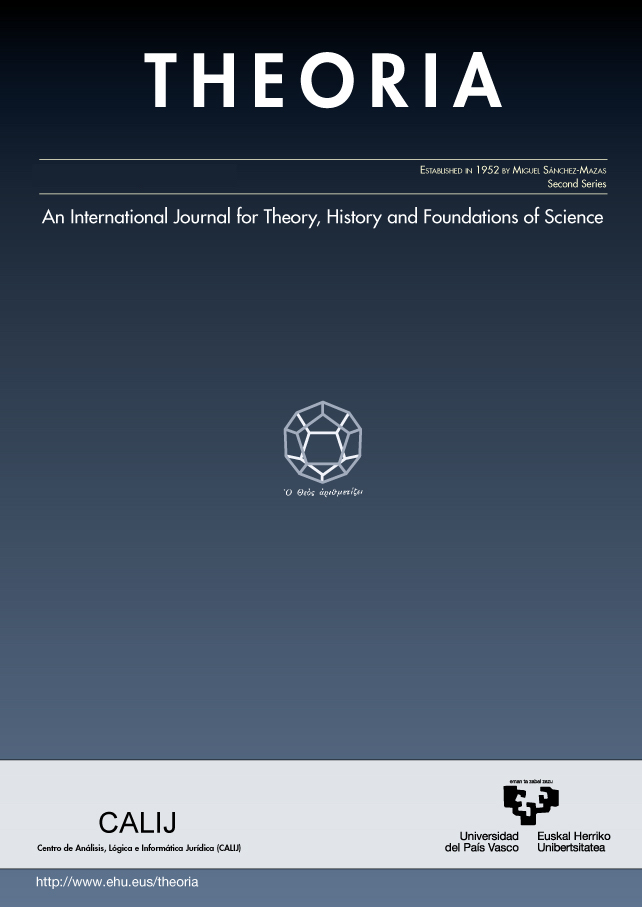Manipulative imagination: how to move things around in mathematics
##plugins.themes.bootstrap3.article.main##
##plugins.themes.bootstrap3.article.sidebar##
Abstract
In the first part of the paper, previous work about embodied mathematics and the practice of topology will be presented. According to the proposed view, in order to become experts, topologists have to learn how to use manipulative imagination: representations are cognitive tools whose functioning depends from pre-existing cognitive abilities and from specific training. In the second part of the paper, the notion of imagination as "make-believe" is discussed to give an account of cognitive tools in mathematics as props; to better specify the claim, the notion of "affordance" is explored in its possible extension from concrete objects to representations.
How to Cite
##plugins.themes.bootstrap3.article.details##
embodied cognition, embodied mathematics, cognitive tools, manipulative imagination, "make-believe", affordances
Authors retain copyright and grant the journal right of first publication with the work simultaneously licensed under a Creative Commons License.

